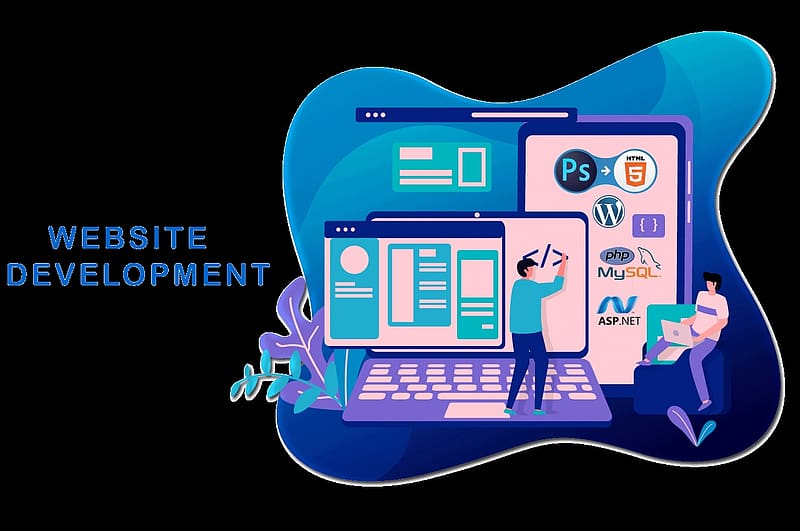Regularly Update Software and Plugins








Regularly Update Software and Plugins
Maintaining and updating your website after launch is critical for its performance, security, user experience, and overall effectiveness. Here are some essential tips and best practices for ongoing website maintenance:
1. Regularly Update Software and Plugins
- Keep CMS and Plugins Updated: If your website runs on a content management system (CMS) like WordPress, regularly update the core software and plugins to patch security vulnerabilities and gain access to new features.
- Test Before Updating: If possible, test updates on a staging site before applying them to the live website to prevent compatibility issues or crashes.
2. Backup Your Website Frequently
- Automate Backups: Set up automated backups to ensure you can restore your website if something goes wrong.
- Store Backups Securely: Keep backups on a secure server or use cloud storage to prevent data loss.
3. Monitor Site Performance
- Page Load Speed: Optimize images, use caching, and minimize JavaScript and CSS files to keep load times fast.
- Hosting Quality: Ensure your hosting plan meets your site’s traffic and performance needs.
- Mobile Optimization: Regularly test your site’s mobile responsiveness and speed to ensure a great user experience across devices.
4. Security Measures
- SSL Certificate: Maintain a valid SSL certificate for secure connections (HTTPS).
- Regular Security Scans: Use tools to scan your site for vulnerabilities, malware, and other security risks.
- Strong Passwords and Access Control: Enforce strong passwords for all user accounts and limit admin access.
5. Content Updates and SEO
- Regular Content Updates: Update blogs, news articles, and other content to keep the site fresh and relevant.
- SEO Optimization: Perform periodic SEO audits to keep up with search engine algorithm changes, improve keywords, and update meta tags.
- Remove Outdated Content: Ensure content is current; consider removing or updating pages with outdated information.
6. User Experience Enhancements
- Monitor User Feedback: Act on user feedback to improve navigation, fix broken links, and enhance site usability.
- Accessibility Standards: Regularly audit the site to ensure it meets accessibility standards (e.g., WCAG guidelines).
7. Analytics and Reporting
- Track Metrics: Use tools like Google Analytics to track user behavior, traffic sources, conversion rates, and more.
- Adjust Strategies Based on Data: Use analytics data to adjust your website strategy, such as improving underperforming pages.
8. Routine Testing
- Cross-Browser Compatibility: Test your website on different browsers and devices.
- Functionality Testing: Periodically check forms, shopping carts, and other key features to ensure they work correctly.
9. Plan for Scaling
- Server Upgrades: As traffic grows, ensure your hosting plan can handle it without compromising speed or uptime.
- Code Optimization: Regularly review and clean up your codebase to improve performance.
10. Legal and Compliance Updates
- Privacy Policies: Ensure your privacy policies and terms of service are up-to-date, especially if regulations like GDPR or CCPA change.
- ADA Compliance: Make sure your website remains compliant with accessibility regulations.
11. Engage with Your Audience
- Blog and Social Integration: Regularly post content that engages users and share updates on social media.
- User Notifications: Notify users about updates, new features, or downtime in a transparent manner.
By consistently maintaining and updating your website, you will ensure it performs well, remains secure, stays relevant, and continues to provide a great user experience. If you need help with a particular aspect of website maintenance or have other questions, feel free to ask!

